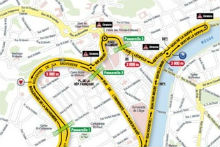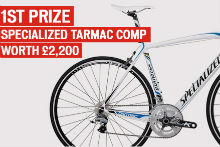Shimano’s flagship mechanical groupset will move to 11-speed for model year 2013.
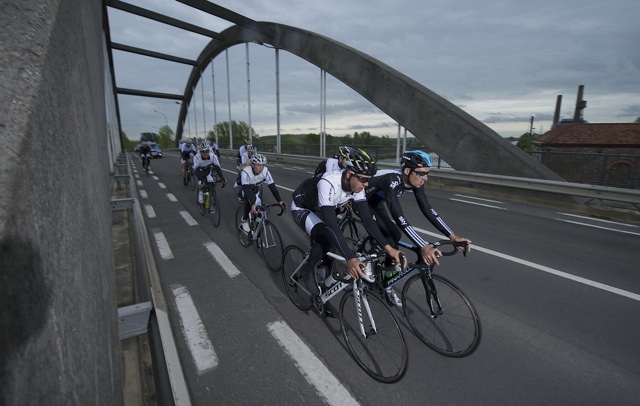
Other significant developments to the 9000 series Dura-Ace groupset include a lighter, four arm chainset, a dual pivot brake caliper possible to mount to an appropriately designed frame by its pivot points rather than a central hanger, a new pull ratio for the front mech, and polymer coated cables with a claimed reduction in friction of 10 per cent.
We recently completed a short ride on the new components on Belgian roads. Initial impressions indicate a significant improvement in braking performance, impressive stiffness in the HollowTech chainrings on which the performance of the four arm chainset relies, and improved shifting with the front mech.
We will receive a groupset from Shimano’s UK importer, Madison, for long term test, and will report its performance in the weeks and months ahead.
For now, here are some pictures and descriptions of the components.
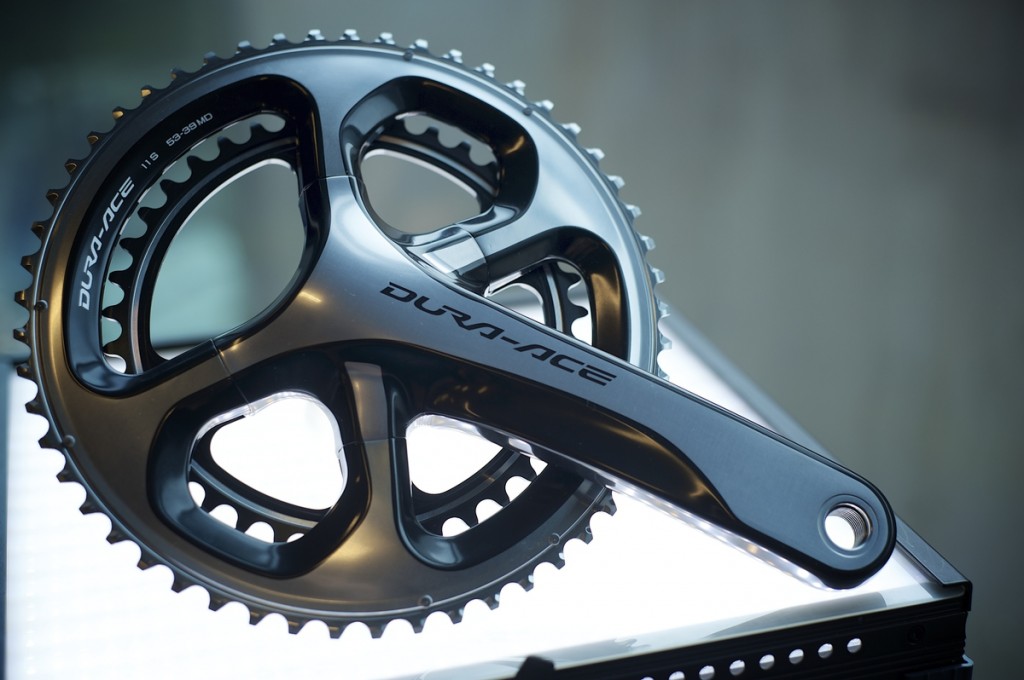
Crankset
The crankset offers the most visually striking update, with four arms rather than five. Shimano told us the stiffness of the hollow chain ring would carry much of the load, and compared the design to a wheel in which the use of a high profile rim allows the use of fewer spokes. The arms are positioned where Shimano believe the crank is under greatest load: at two o’clock, four o’clock, top dead centre and bottom dead centre. We were unable to discern any flex on our short test ride.
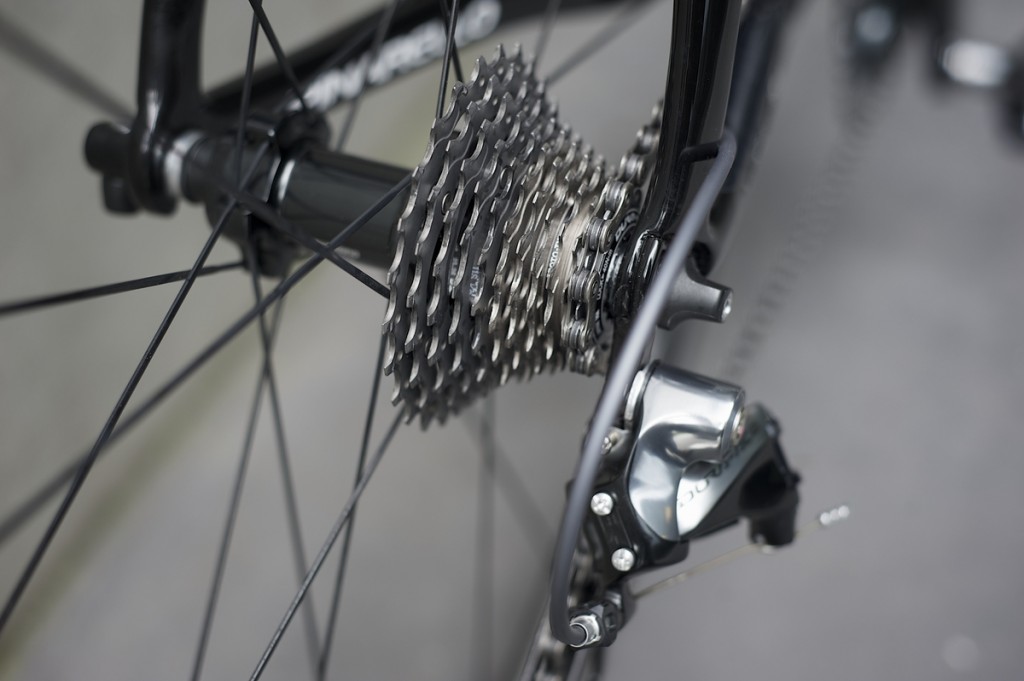
Cassette
Dura-Ace 9000 is an 11-speed system. Shimano will release new, deep section, carbon wheels to accompany the groupset (the C50 and C75), each of which will accommodate a cassette spline 1.85mm longer than its predecessor for the extra sprocket. The spline profile of the new cassette is identical to the last, allowing the use of 10-speed cassettes on the new wheels with a spacer. Shimano told us that by using a carbon carrier, they had matched the weight of the 10-speed cassette, despite the additional sprocket.
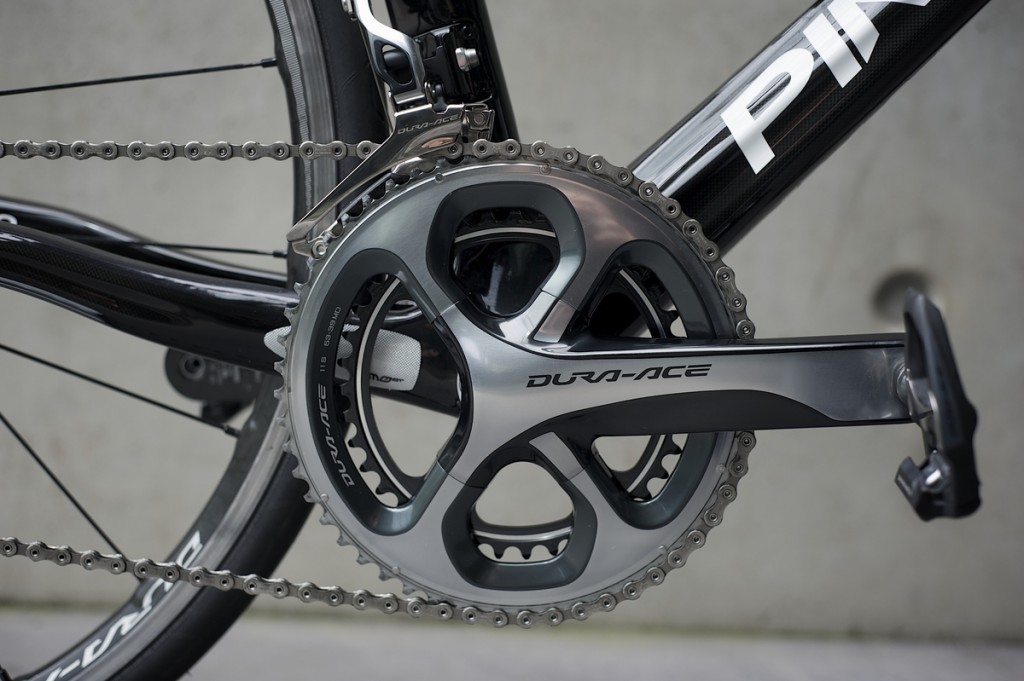
Front mech
Shimano claim smoother shifting for their new front mech by using a different pull ratio to its predecessor and a longer arm. The frame attachment is inherited from Di2. The new mechanical derailleur is supplied with a backing plate as part of the attachment to accommodate the higher shifting force. A convertor kit is supplied to control the angle from which an internally routed cable exits the frame. A measurement tool is also available.

Brake caliper
The new brake caliper is a dual pivot unit. The pivots are controlled by an internal roller cam mechanism, and can be used to attach the caliper to frames designed with mounting pegs. The caliper can also be attached by a conventional, central hanger, used additionally on the predecessor as a pivot point. Shimano weren’t able to show us the new time trial caliper, but explained it will be very similar with the exception of the long actuation arm. The front caliper will be more sculpted to fit aero frames. RadioShack-Nissan-Trek are expected to use them in this year’s Tour de France.
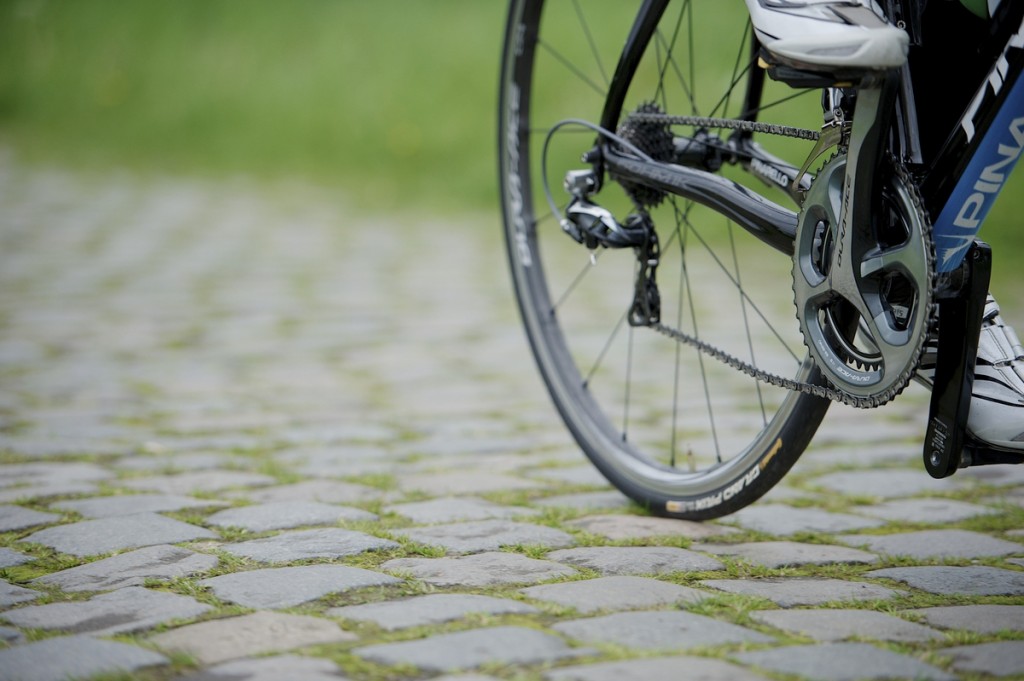
Bottom bracket
Shimano have saved 20g from the weight of the bottom bracket by using a smaller diameter bearing. Other components retain their size from earlier incarnations. The BB is the same width, for example, and the axle is the same diameter. An adaptor kit is used to accommodate the smaller bearings.
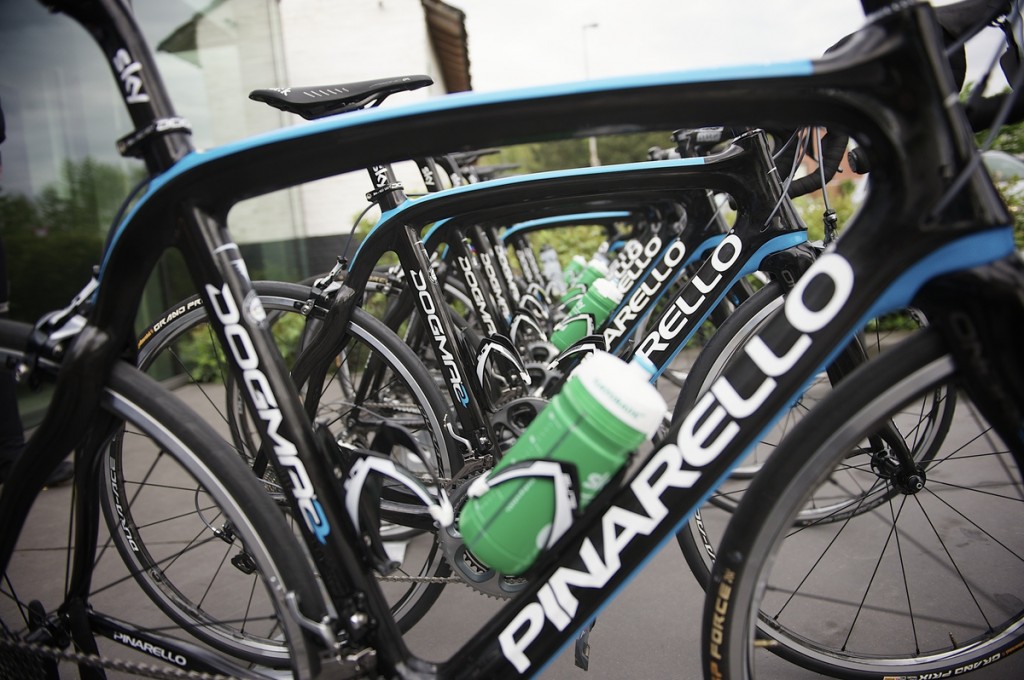
Cables
New, polymer-coated cables have 10 per cent less friction than their predecessor, Shimano said. They were at pains to stress the importance of avoiding contact with the interior of a frame with internal routings, and to this end will supply the cables with liners.
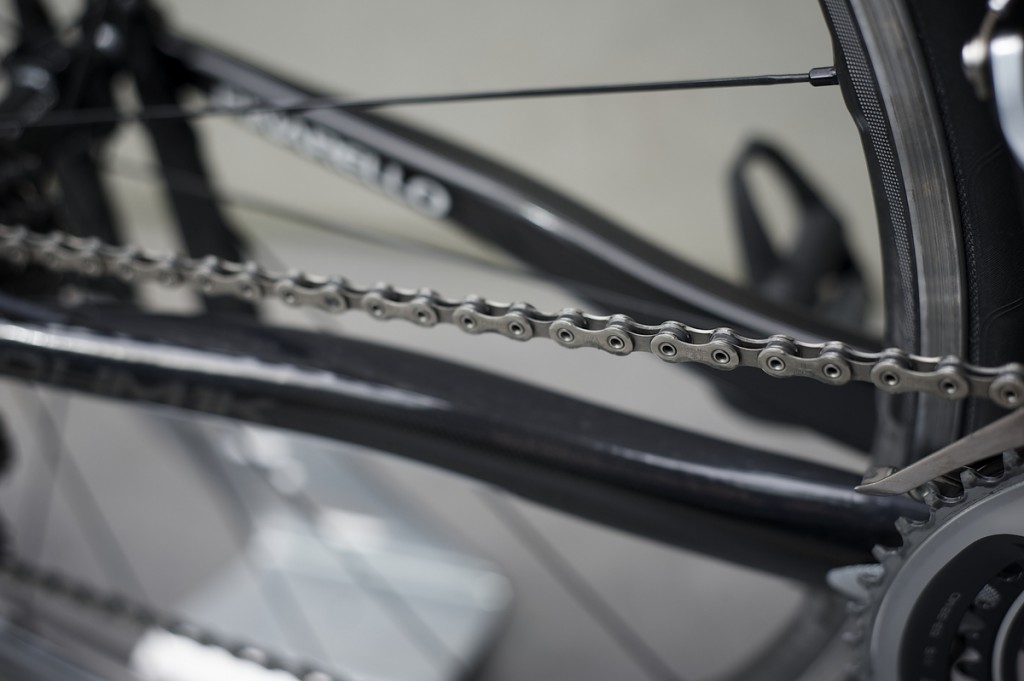
Chain
The chain is symmetrical, meaning it no longer has a specified direction of drive. That said, Shimano recommended joining the chain with the ‘outside’ link in the direction of drive.
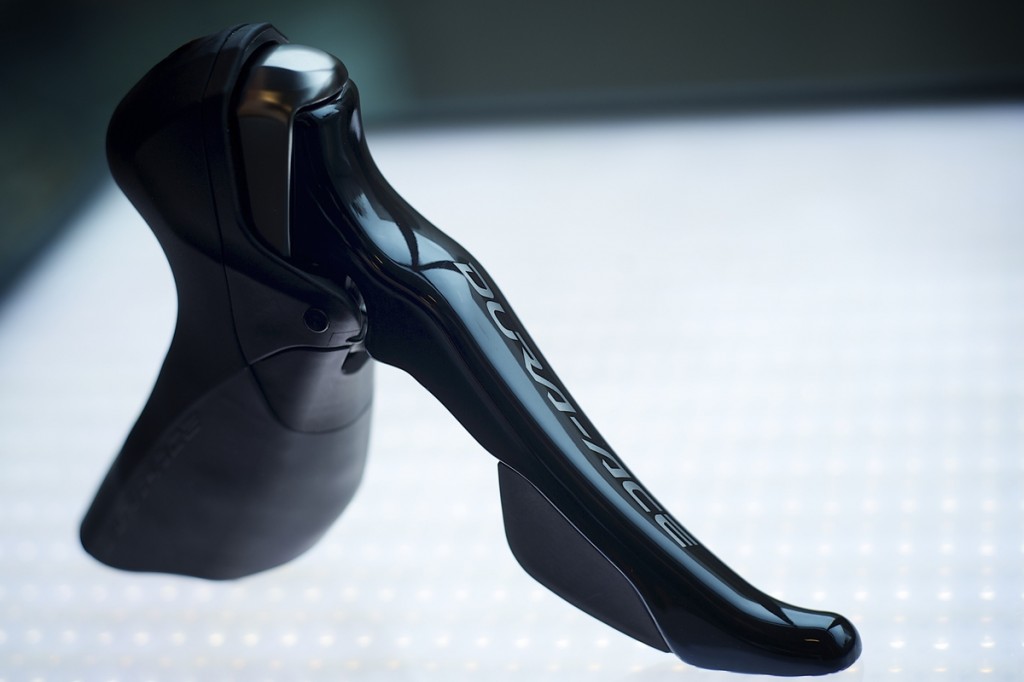
STI levers
The stroke of the shift lever and diameter of the hood has been reduced. The reach of the brake lever can be adjusted with a screwdriver for smaller hands. Cables must be fitted with care to prevent damage to the coating.
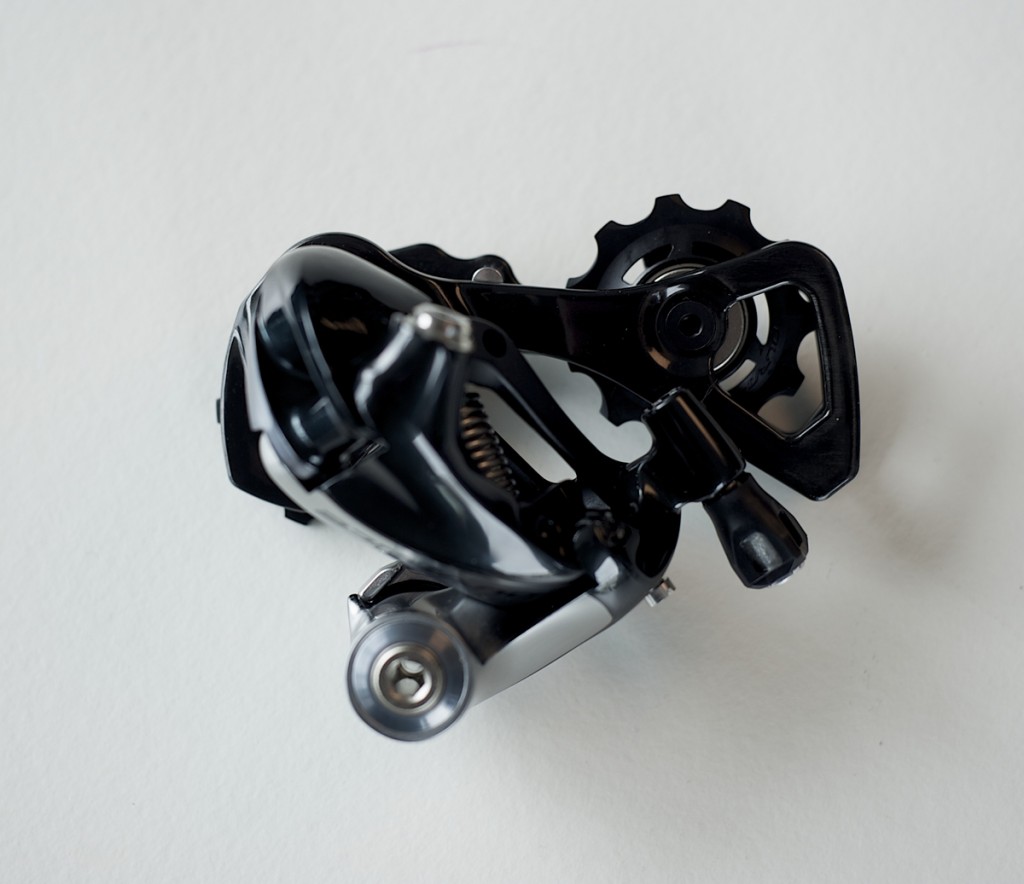
Rear mech
The rear mech is said to offer more efficient shifting across the block. We found it precise in all ratios and under full load. The bolt for cable attachment is now 4mm rather than the 5mm used on its predecessor.



